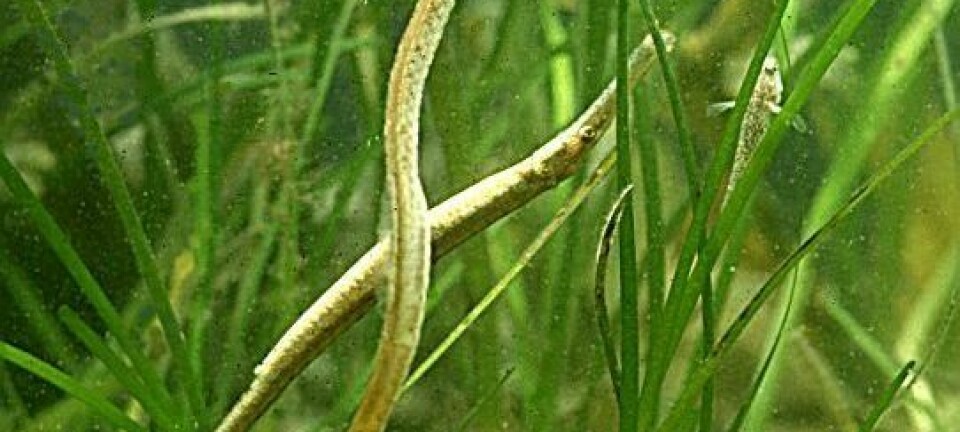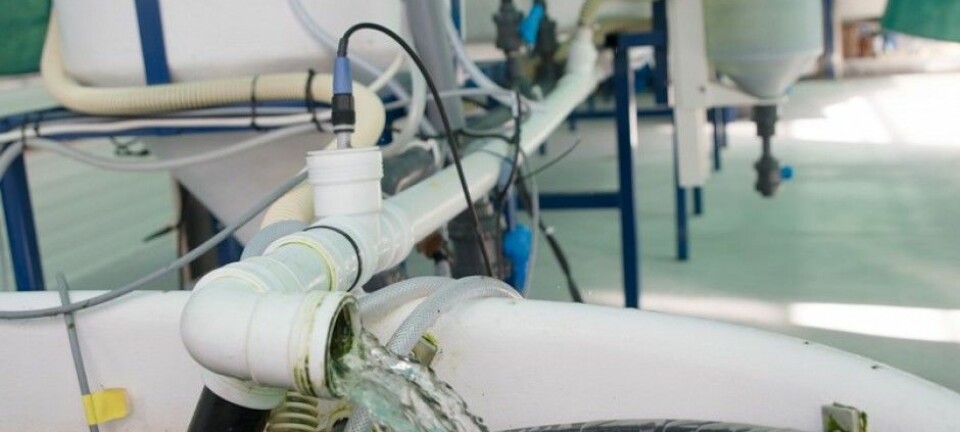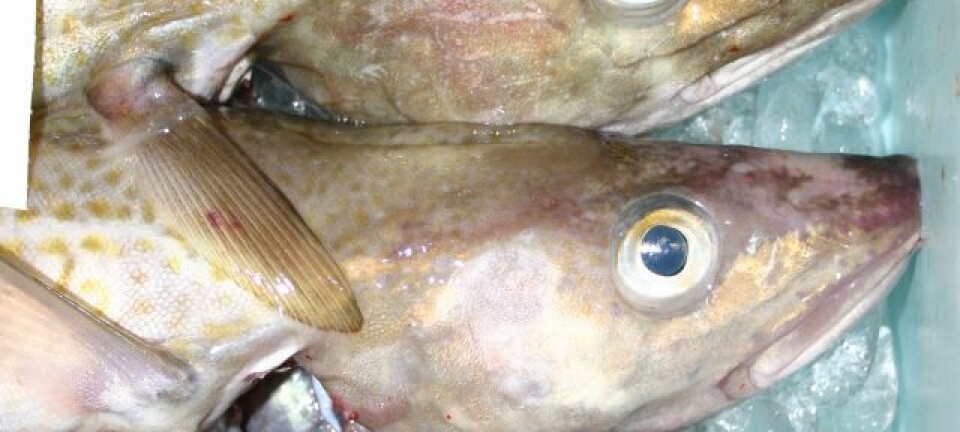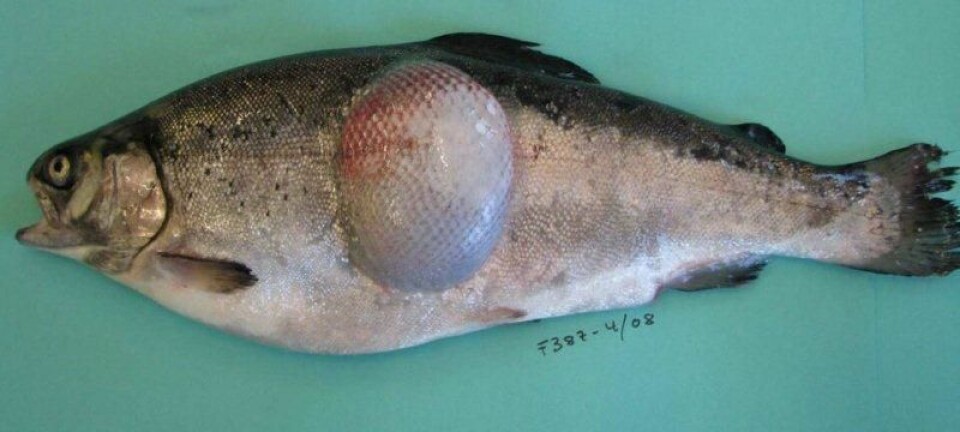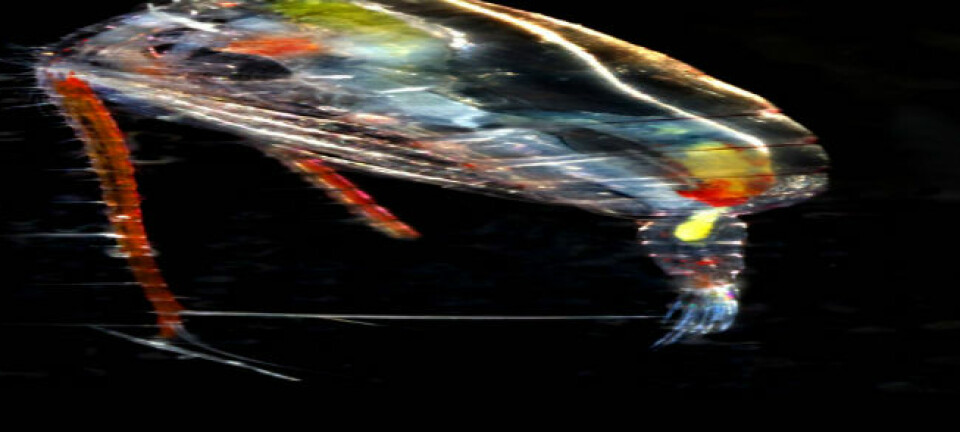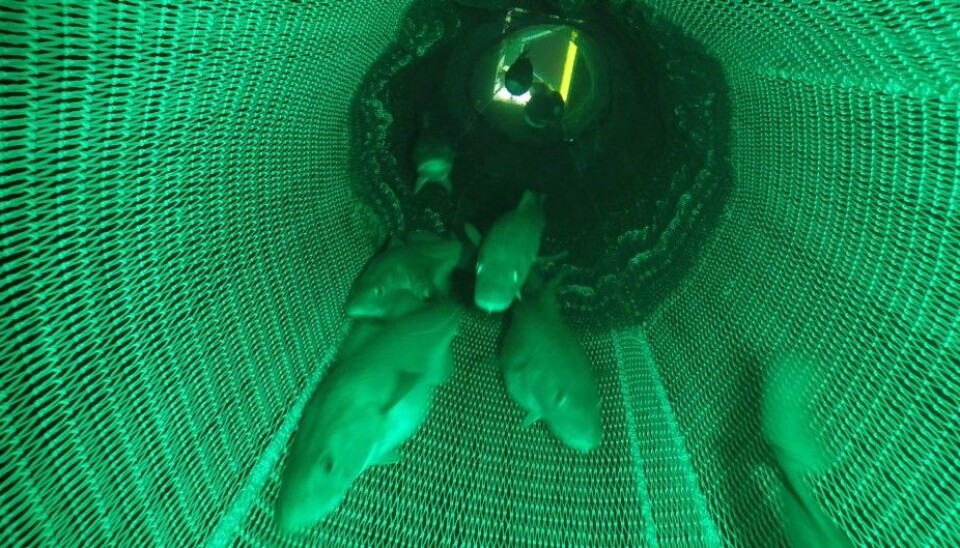
An in-trawl camera for fish
A cod swims right past the camera. These images could make it easier to set fishing quotas.
Denne artikkelen er over ti år gammel og kan inneholde utdatert informasjon.
“I think I have looked at three million images of fish,” says Shale Rosen, a postdoctoral fellow at the Institute of Marine Research, and laughs.
Rosen is heading up an effort to develop a camera that takes photographs of fish as they swim through a trawl net. Any fish that enters the trawl also has to swim past the camera, which has been named Deep Vision.
Rosen sat looking through the pictures from the last test in an improvised office aboard the research vessel GO Sars. The research cruise has been out studying sustainable harvesting methods off the coast of Troms and Finnmark, Norway’s two northernmost counties, an area that is rich in cod.
“We’re mostly finding cod, but other species, such as redfish, pop up occasionally, says Rosen.
More accurate fish numbers
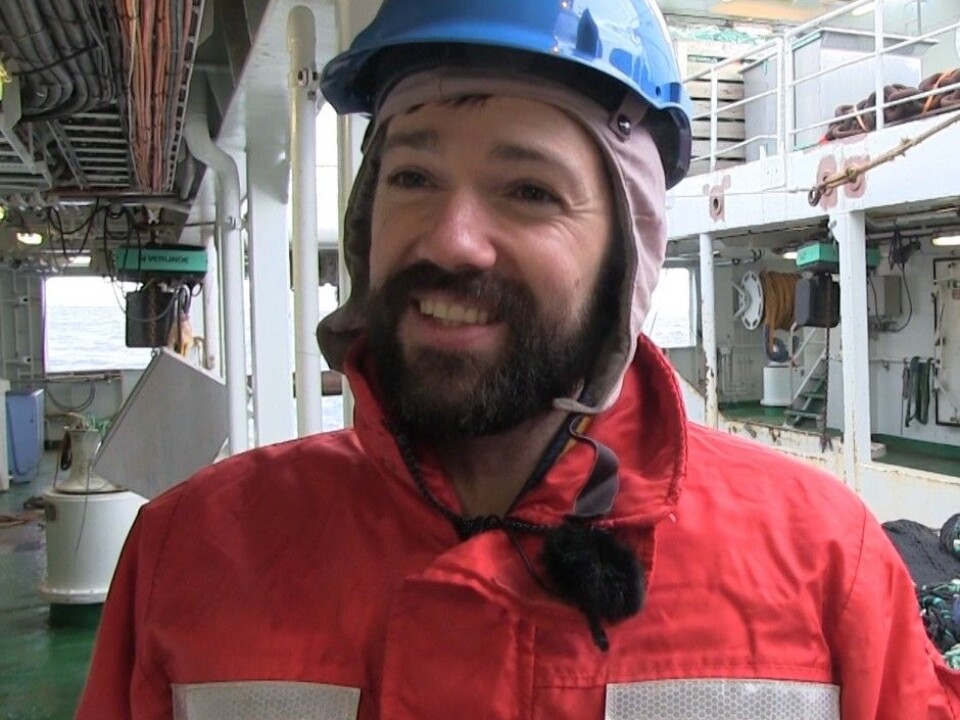
Fishing is one of Norway’s largest resource-based industries. Norway’s fisher folk are given a quota, which is based on estimates of how many fish there are in the ocean.
Not surprisingly, these estimates are very important for both the fishing industry and fish stocks. If the fishing quotas are too high, too many fish may be harvested, which would exceed the capacity of the fish stocks. On the other hand, if the quota is too low, people who depend on fishing for their livelihoods will be unnecessarily limited in the number of fish they can catch.
“Deep Vision can be a useful tool in providing more accurate measurements of fish numbers,” said John Willy Valdemarsen, a researcher at the Institute of Marine Research and expedition leader on board the GO Sars. He is also head of Crisp – the Centre for Research-based Innovation in Sustainable fish capture and Processing technology.
A “highway speed camera” for fish
The system has been under development for several years, and consists of a box that sits between the trawl and a collection bag where the captured fish end up. The box contains a camera with a flash system, which takes pictures of all of the fish that pass through the box.

Deep Vision has a stereoscopic camera, which consists of two cameras that are next to each other, just like a pair of human eyes. This gives the images some depth, which makes it easier to assess fish size.
Fish life at different depths
Different fish species live at different depths in the ocean. This poses a special challenge for researchers who want to accurately assess fish stocks and numbers. Researchers often use trawls to collect scientific samples of fish and other sea creatures because it is an effective way to catch fish.
When a trawl is deployed, it moves from shallow water into the depths, and drops deeper and deeper into the ocean. When the trawl is finally brought up again, it is hauled up from the depths. That means the trawl is full of many different species from all different depths in the sea.
“You get a trawl full of what you caught, without knowing exactly where each fish was when it was captured,” said Valdemarsen
Finding cod
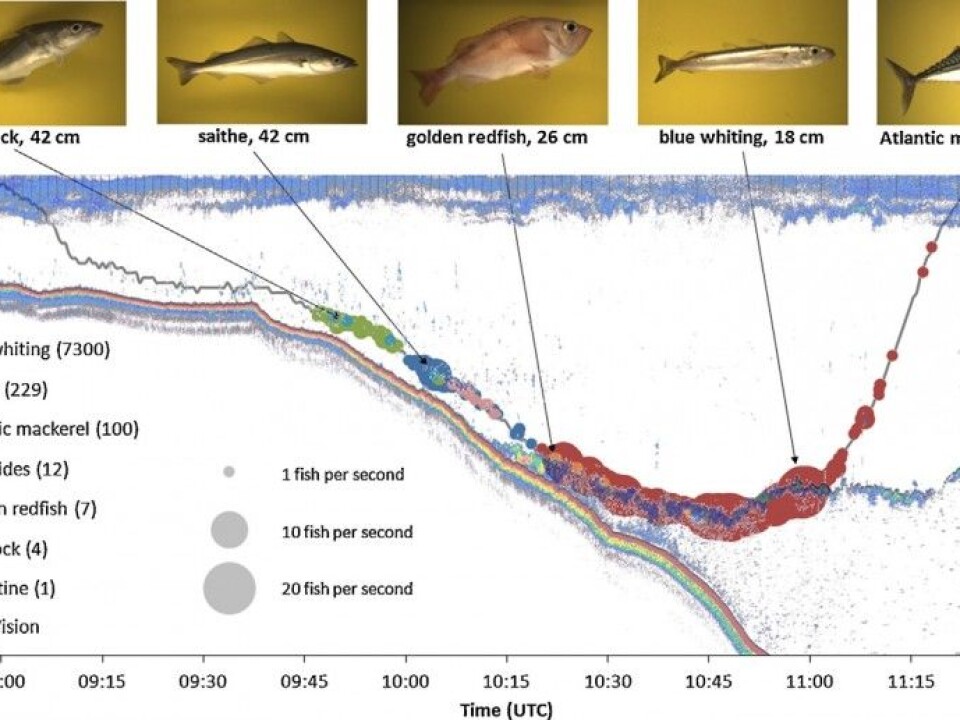
This is where Deep Vision comes in. The camera can be trawled at different depths, where it can photograph the different fish species that live at those depths. This information can be combined with sonar images, which are used to find large schools of fish or estimate fish numbers.
“If you only use sonar, you don’t get this information,” says Valdemarsen.
The system may also help limit the amount of fish that researchers need to catch to do their studies. Deep Vision allows researchers to take a picture of fish that live at different depths, without having to actually catch the fish. They can leave both ends of the trawl open, so the fish goes straight through the trawl.
“The idea is to be able to do these studies without having to kill the fish,” Rosen says.
Deep Vision is still under development, as researchers try to come up with the best system for how to analyse all the data it generates.
For example, the camera system takes five photos per second, so if the trawl is out in the ocean for two hours, that results in 36000 stereo pairs that have to be examined.
-------------------------------------
Read the Norwegian version of this article at forskning.no
Scientific links
- Underwood, M., Rosen, S., Engås, A., Eriksen, E. (2014). Deep Vision: An In-Trawl Stereo Camera Makes a Step Forward in Monitoring the Pelagic Community. PLoS ONE, 2014. doi:10.1371/journal.pone.0112304
- Shale Rosen & Jens Christian Holstd (2013). DeepVision in-trawl imaging: Sampling the water column in four dimensions. Fisheries Research, November 2013. doi:10.1016/j.fishres.2013.08.002.







